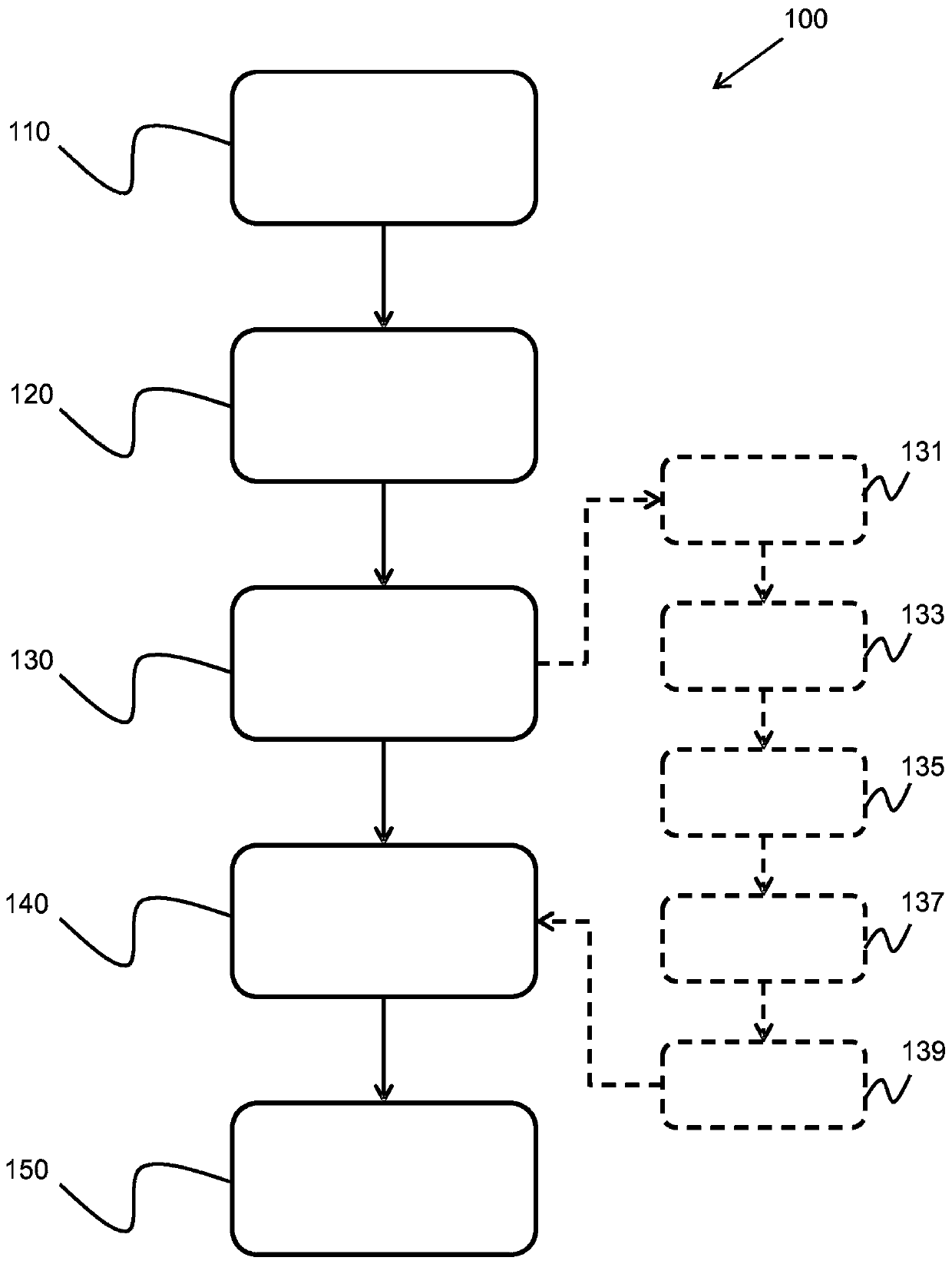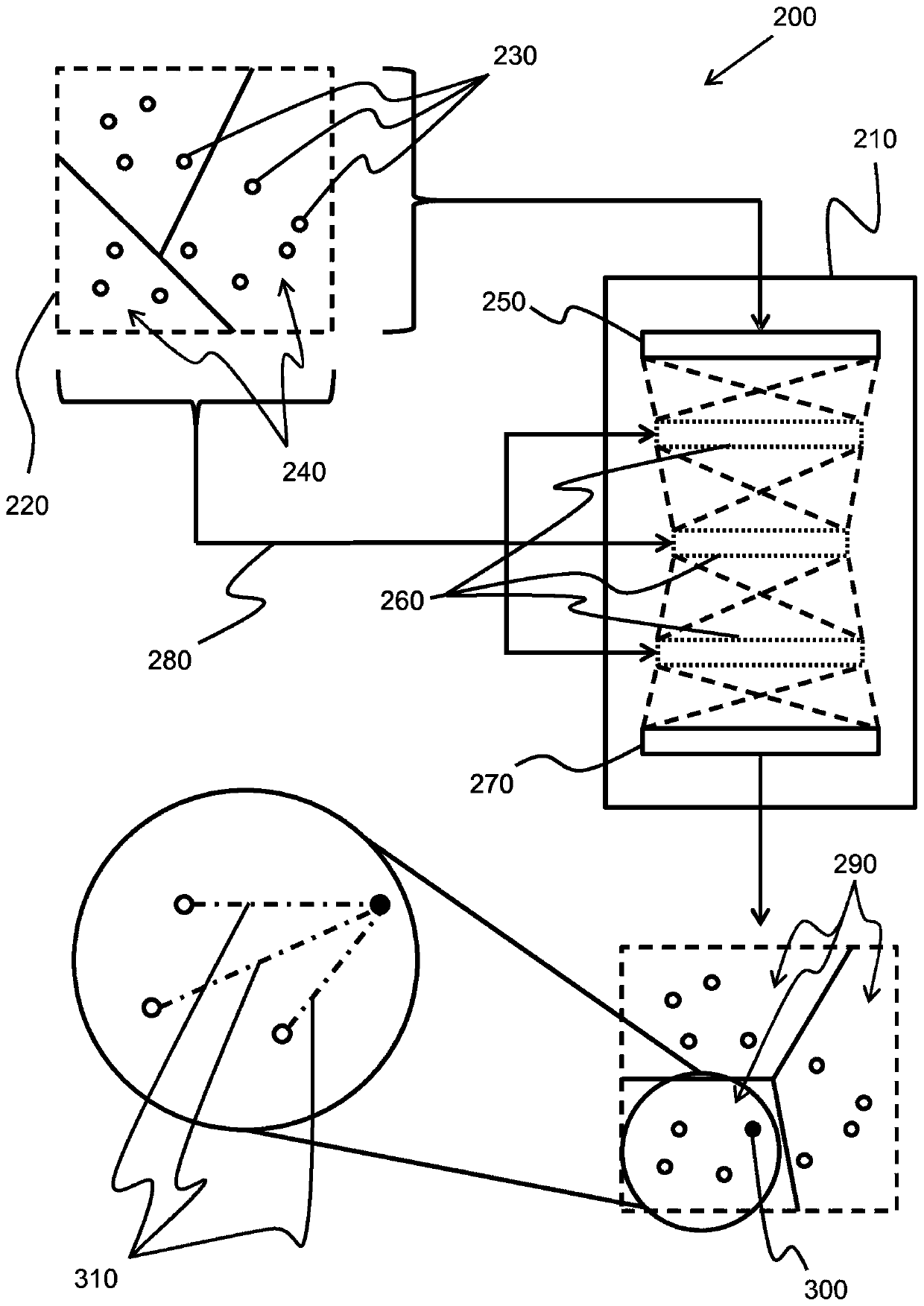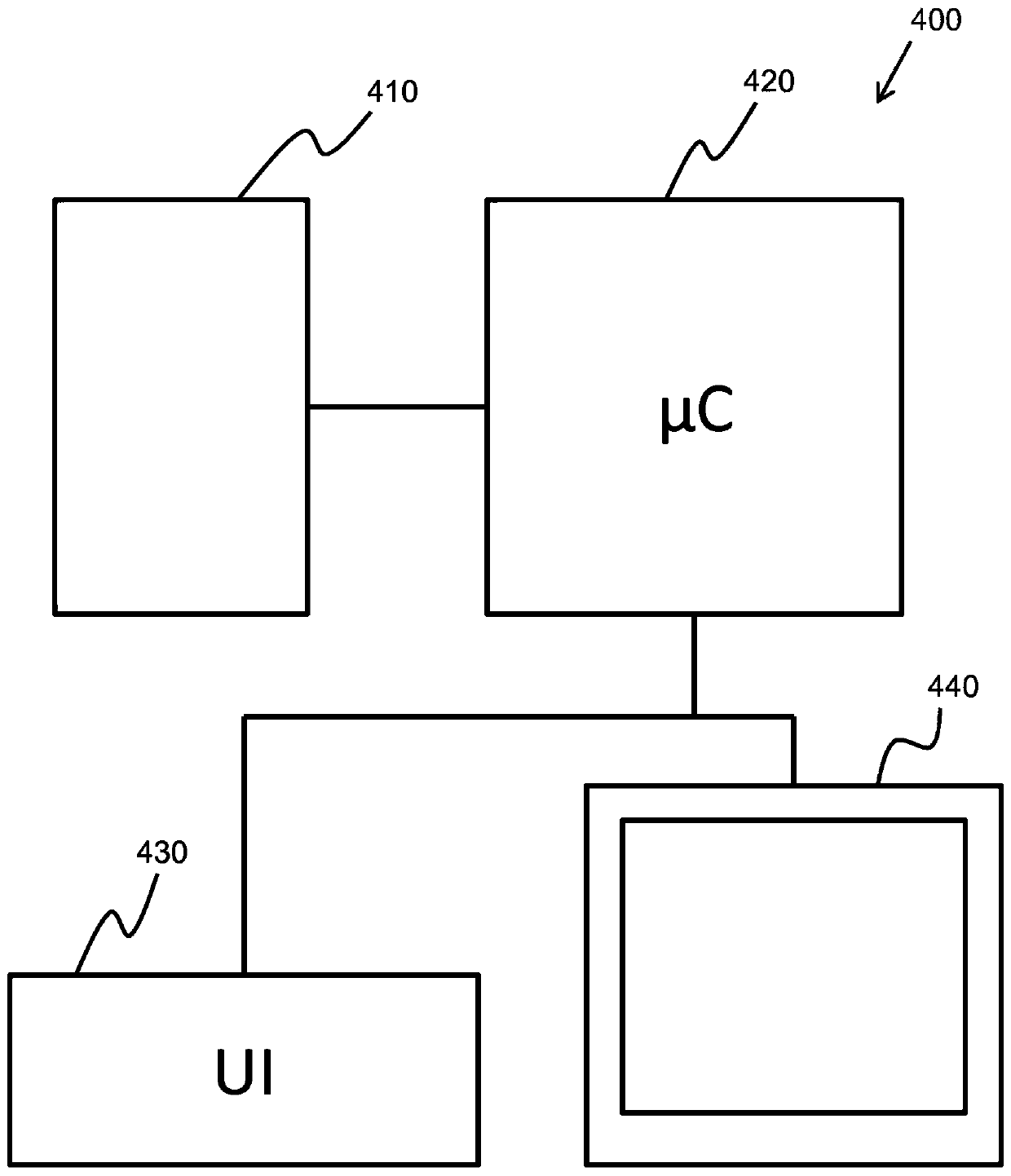Evaluating input data using a deep learning algorithm
A technology of input data and deep learning, applied in the field of deep learning to evaluate object data using deep learning algorithms, can solve problems such as complex optimization process
- Summary
- Abstract
- Description
- Claims
- Application Information
AI Technical Summary
Problems solved by technology
Method used
Image
Examples
Embodiment Construction
[0093] Embodiments of the invention provide methods for using a deep learning algorithm to evaluate a set of input data comprising at least one of: clinical data for a subject; genomic data for a subject; clinical data for a plurality of subjects; Data; Genomic data of multiple subjects. The method includes: obtaining a set of input data, wherein the set of input data includes raw data arranged into a plurality of data clusters; and tuning a deep learning algorithm based on the plurality of data clusters. A deep learning algorithm includes: an input layer; an output layer; and multiple hidden layers. The method also includes: performing statistical clustering on the raw data using a deep learning algorithm, thereby generating statistical clusters; and obtaining labels from each statistical cluster. Finally, the set of input data is evaluated based on the labels to derive data about the medical relevance of one or more subjects.
[0094] figure 1 A method 100 of evaluating a...
PUM
 Login to View More
Login to View More Abstract
Description
Claims
Application Information
 Login to View More
Login to View More - R&D
- Intellectual Property
- Life Sciences
- Materials
- Tech Scout
- Unparalleled Data Quality
- Higher Quality Content
- 60% Fewer Hallucinations
Browse by: Latest US Patents, China's latest patents, Technical Efficacy Thesaurus, Application Domain, Technology Topic, Popular Technical Reports.
© 2025 PatSnap. All rights reserved.Legal|Privacy policy|Modern Slavery Act Transparency Statement|Sitemap|About US| Contact US: help@patsnap.com



